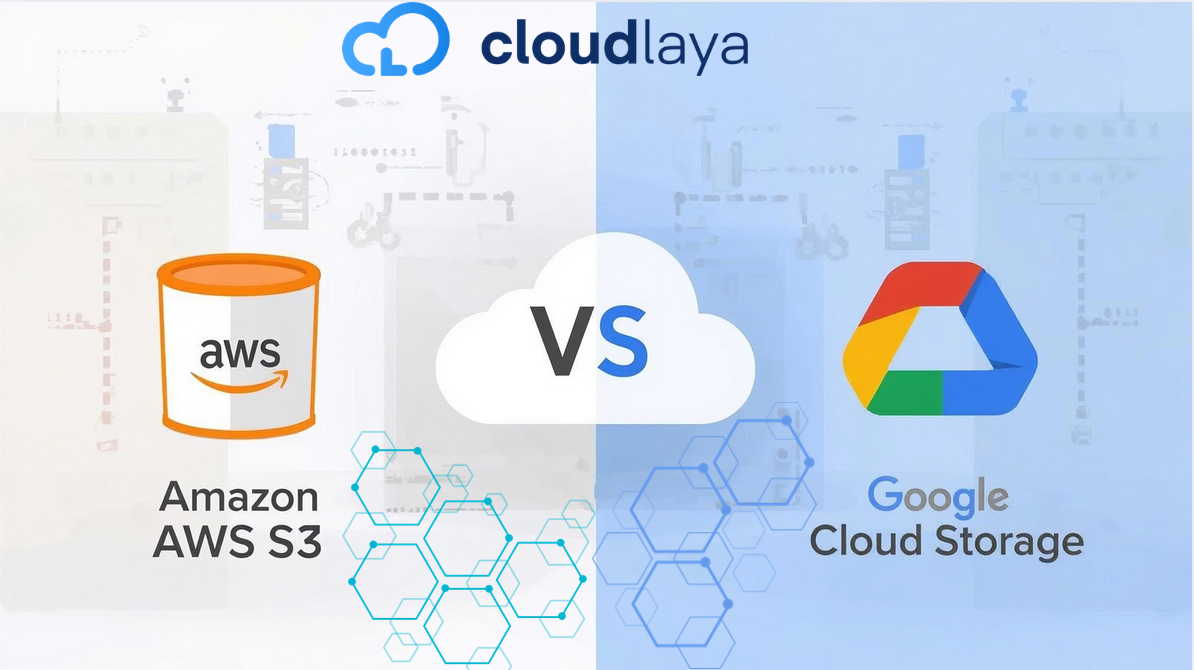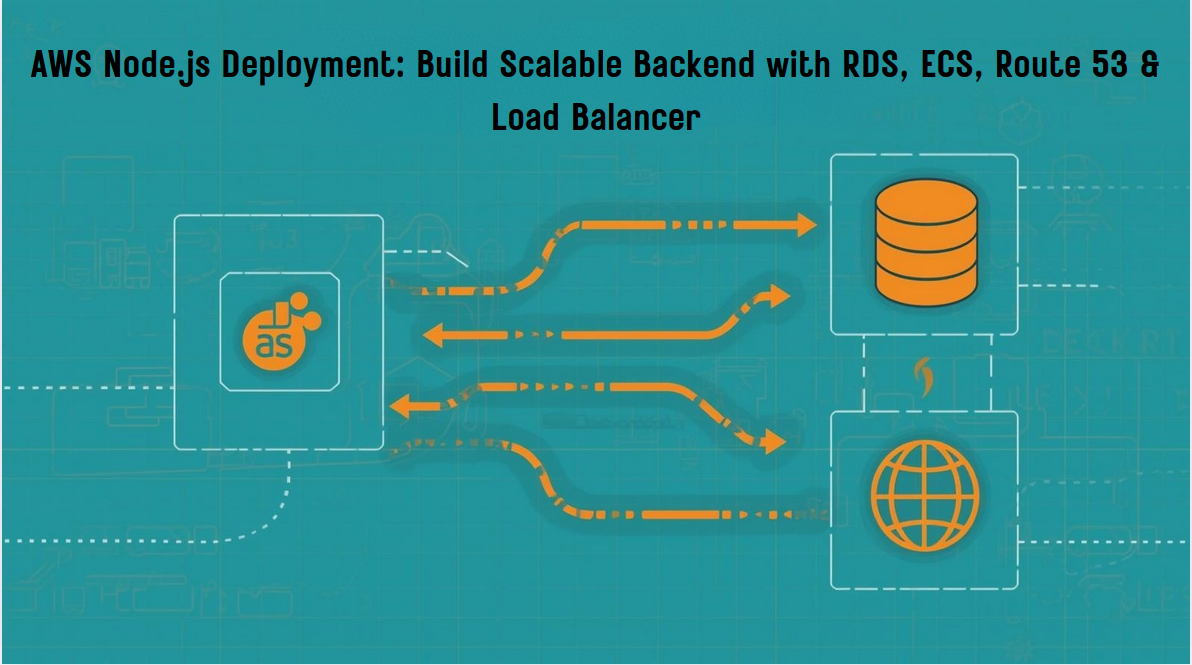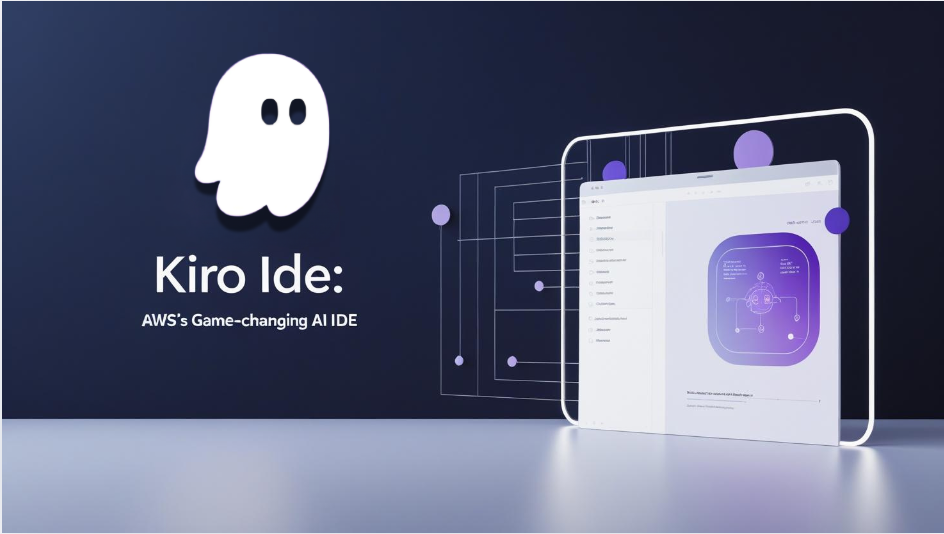
AWS Launches Kiro IDE: The Agentic AI IDE Redefining Software Development
On July 15, 2025, Amazon Web Services showcased Kiro IDE at the AWS Summit in New York City. More than a fancy demo, Kiro aims to reshape everyday coding by blending deep AI smarts with a clear project blueprint. Instead of tossing out random code snippets, it builds around structured requirements, helping teams ship software that’s fast, stable, and ready for audits.
Why should you care? Tools like GitHub Copilot kicked off AI-assisted coding and definitely sped things up, yet they also opened a can of worms. Developers started something many call “vibe coding”: accepting every line the AI suggests while skipping formal docs or oversight. It’s thrilling in the moment, but that habit piles on technical debt, weakens security, and leaves code harder to understand later.
Now that companies are embedding AI into their most apps, raw speed simply won’t cut it. Teams in banking, healthcare, and other regulated fields need full traceability, clear policies, and ironclad security baked into every line. Enter the agentic IDE-a fresh breed of tools that coordinate documentation, testing, and compliance along with the actual coding, guiding software from idea to production in one fluent flow.
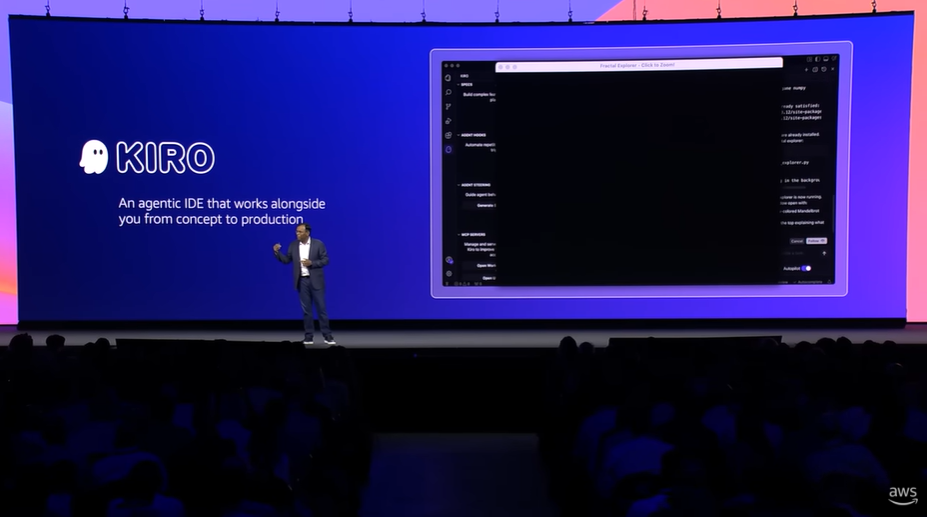
With Kiro IDE, AWS is pointing toward a world where artificial intelligence doesn’t just lend a hand: it designs, writes, tests, and double-checks your software from start to finish. This new tool tackles everyday headaches and gives development teams the confidence to turn good ideas into live features faster than ever.
What is Kiro IDE?
Kiro IDE is a next-generation Integrated Development Environment built by AWS, and it changes the way developers write code. Unlike older assistants that only fill in lines for you, Kiro runs the entire process-planning, design, coding, testing, and even updating docs-in one smooth flow.
What makes Kiro different?
It drafts requirement briefs, sketches design layouts, builds to-do lists, and then writes the code itself, not just quick snippets.
Whether youre a solo coder, a startup, or a big company, Kiro pairs fast AI with the controls and rules large teams need.
Launch timeline:
May 2025: Quiet leaks tease a fresh AWS AI coding product.
July 15, 2025: Kiro goes public at AWS Summit NYC and kicks off its preview phase.
Built on AWS features like Bedrock AgentCore and CodeWhisperer, Kiro takes developer tooling forward for groups that crave speed without losing order.
Why Kiro by AWS?
Kiro Turns Vibe Coding into Trusted Workflow
When developers meet AI, excitement often outpaces process. Tools like Copilot write lines in seconds yet leave architecture to gut feel, so codebases splinter and debt piles up. Kiro steps in with a spec-first rhythm: approve requirements, sketch design, then ship tested code. The result? Agile speed without the usual cleanup.
Strong Code for Big Business: Governance, Care, Audit
No enterprise launches software that fails a security or audit checklist. Kiro meets those rules by:
- Slicing specs, wireframes, and unit tests straight from user stories.
- Hooking security and QA gates to every deploy event.
- Recording every decision path, clearing the way for regulators in finance, healthcare, and beyond.
An AWS Promise: Smarter Systems, Faster Build
AWS believes the next IDE wont just hint at syntax-it will think ahead, learn patterns, and protect every keystroke. With Kiro plugged into Bedrock AgentCore, that vision is close: build, verify, and patch apps in one flow, then let the cloud scale the result. Developers get to innovate sooner, users get safe code, and execs get measured confidence.
Key Features of Kiro IDE
Kiro IDE changes the game for software developers by bringing a smart, agent-driven flow to every part of building apps. Because it runs the whole product lifecycle from idea to launch, teams spend less time managing details and more time solving real problems. Here’s what you get when you plug Kiro into your workflow:
Spec-Driven Workflow
Where most assistants dive into code, Kiro first makes sure everyone is on the same page.
- It turns plain-language prompts into a clear `requirements.md` document.
- Using EARS, or Easy Approach to Requirements Syntax, it writes user stories that are both precise and easy to test.
By starting here, the team catches questions early and keeps a solid record of what each feature must do.
Design & Task Generation
Once the specs are agreed, Kiro fills out a `design.md` that shows how the pieces fit together.
- You get architecture diagrams, database models, and API outlines.
- It even suggests UI layouts to guide front-end builders.
From that blueprint, Kiro makes a `tasks.md` file that breaks the work into bite-size pieces, with every task linked back to the original requirement so nothing slips through the cracks.
Agentic Automation & Event Hooks
With plans in hand, Kiro’s intelligent agents take over the busy work.
- They write both back-end and front-end code based on the documented tasks.
- They create unit tests, integration tests, and keep all the docs up to date automatically.
Built-in event hooks watch file changes and instantly trigger security scans, style checks, and full test suites, so quality never becomes an afterthought.
In-App AI Chat & Plain Language Terminal
With Kiro, developers can:
- Talk to the built-in AI to debug, rewrite, or simply learn about their code.
- Fire off system commands in everyday speech, no need to remember every CLI flag.
Custom Rules & MCP Hooks for Teams
Teams can now:
- Set their own style guides and tech choices in steering files that Kiro reads.
- Pull in outside tools through Model Context Protocol (MCP) anytime their workflow needs it.
Bottom Line: These extras turn Kiro into a full-stack partner that helps shape clean, scalable apps from start to finish.
For Example
For an e-commerce app, Kiro:
- Builds back-end APIs and database migrations,
- Creates the front-end form for submitting reviews,
- Adds unit and integration tests, and
- Updates the documentation with every change.
The end result? A brand-new feature goes from idea to live, fully tested and documented, in just minutes.
Architecture & Technology Behind Kiro IDE
Kiro blends trusted dev tools with smart, up-to-the-minute AI brainpower.
Built on VS Code OSS
Sticks to read-only VS Code engine, giving you:
- Shelf familiar layout.
- Endless plugins from public marketplace.
Powered by Anthropic Claude 4.0
- Swallows 100K tokens at once, remembering whole repo.
- Digs deep into multi-step logic, wired for agent work.
Desktop-First Privacy Model
- Pops up natively on Windows, macOS, Linux.
- Keeps files local; only AI chat hops out through shielded API.
- Checks off the boxes of strict enterprise rules.
Optional AWS Integrations
- Link up cleanly with AWS Bedrock when you need bigger muscle.
- Drive servers or spare parts using CloudFormation, CDK.
- Plug ML lanes in through SageMaker with a few clicks.
Takeaway: Kiros setup balances cutting edge power with the control firms demand.
Kiro IDE vs Cursor vs Copilot
Choosing the right AI development tool can make or break your workflow. Here’s a quick comparison of the three most talked-about solutions—GitHub Copilot, Cursor, and the newly launched Kiro IDE by AWS. See how Kiro stands out with spec-driven automation, governance, and enterprise readiness
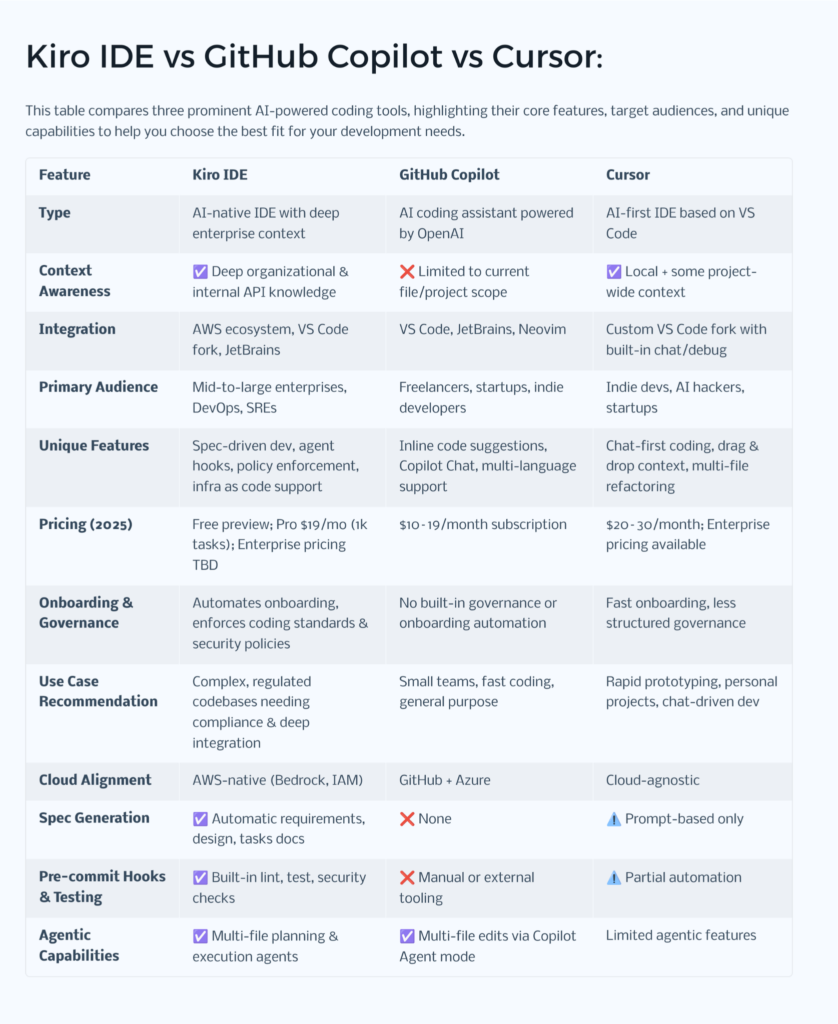
Key Differences
- Copilot & Cursor excel at code snippets but lack full-lifecycle automation.
- Kiro IDE acts like an AI tech lead, ensuring projects are structured, tested, and production-ready.
For enterprises needing governance and compliance, Kiro is in a different league.
Pricing & Availability
Kiro IDE entered public preview on July 15, 2025, during the AWS Summit in New York. You can use it for free until the preview ends.
| Plan | Price | Details |
|---|---|---|
| Free Plan | $0 | 50 AI interactions per month |
| Pro | $19/month | 1,000 AI interactions |
| Pro+ | $39/month | 3,000 AI interactions |
| Extra Use | $0.04/interaction | For usage beyond your plan |
Ideal Use Cases for Kiro IDE
Kiro IDE was engineered for more than weekend side projects; it can tackle the complexity and tight rules found in large organizations. Here are three situations where the platform really proves its value:
Enterprise-Scale Software Development
When dozens or even hundreds of engineers work together, keeping code consistent, speeding up QA, and meeting regulations can feel impossible. Kiro locks in each new feature with clear requirements, channels it through design and task boards, and hands over production-ready code, cutting down tech debt for globally spread teams.
AI-Powered Applications & RAG Workflows
Nailing a retrieval-augmented generation system, a friendly chatbot, or any machine-learning product usually means wrangling messy diagrams and brittle APIs. Kiro draws up architecture plans, wires the APIs for you, and updates organized docs, so teams spend less time guessing and more time shipping.
Regulated Industries (Finance, Healthcare, Government)
Banks, hospitals, and government agencies live under layers of audit and security checks, demanding proof of every change. Kiros spec-first model and real-time QA triggers give engineers the documentation trail they need, almost without extra work.
Bottom Line: Whether you code solo or lead a Fortune 500 squad, Kiro ties speed, order, and guardrails together in a single tool.
Pros & Cons of Kiro IDE
✔ Pros
- Spec-Driven Workflows: Code from clear specs, so everyone knows what to expect and future changes are easier.
- Agentic Automation: Built-in AIs write, test, and document across multiple tasks without constant supervision.
- Enterprise Hooks: Event-based triggers help QA and security teams catch issues as code moves through stages.
- Privacy-Centric: Because it runs on your machine and keeps files local, sensitive code rarely leaves your desk.
- AWS Partners: Seamlessly taps Bedrock, SageMaker, and the Model Context Protocol to add cloud power when needed.
✖ Cons
- Preview Phase: Optimizations for TypeScript, Ruby, or Go are still rough; focus is mainly on JavaScript, Python, and Java.
- Cloud-Linked Models: Accessing Claude 4.0 demands an internet connection, so offline work isn’t yet viable.
- Culture Shift: Teams accustomed to freeform coding will need time to embrace the specs-first mindset.
Final Thoughts: Is Kiro IDE the Future of Development?
Kiro IDE isn t another polished editor; it pushes software building toward a guided, compliant future. By marrying rapid coding with strict governance, the tool fills gaps that casual AIs leave open: ever-accurate docs, audit trails, and ready scaling. For small teams or global enterprises, Kiro marks the leap from snippet helper to full, smart partner that watches the code lifecycle end-to-end. Curious teams can grab the public preview at no cost today; early users not only get free access but also influence Kiro s shape tomorrow.
👉 Try Kiro IDE free at kiro.dev and see how AWS is reshaping coding in the AI era.
FAQ: Everything You Need to Know
Q1: Is Kiro IDE free during the preview?
Yes, the public preview is completely free. Paid plans will kick in once the preview ends.
Q2: How does Kiro differ from GitHub Copilot or Cursor?
Kiro doesn*t just suggest lines; it runs the whole project cycle-planning, design, coding, testing, and docs.
Q3: Does Kiro work offline?
Your project files stay on your machine, but the AI still needs the internet to call up Claude 4.0.
Q4: Which programming languages does Kiro support?
It*s tuned for JavaScript, Python, and Java now, with plans to add more languages soon.
Q5: Can Kiro integrate with AWS cloud services?
Absolutely. You can plug it into AWS Bedrock, SageMaker, and API MCP for large-scale enterprise apps.
Related Blogs
7 Powerful AWS NOVA Gen AI Tools That Make AI Work For You (No Coding Required!)
AWS PartyRock: Showcasing the Creativity of Artificial Intelligence
Unlocking Game-Changing Insights with Amazon Q: The Future of Business Intelligence
Unlock the Potential of AWS Generative AI Bedrock: 7 Reasons It’s Transforming AI in 2025
References
AWS Official Announcement (AWS Summit NYC 2025)
- AWS Summit announcements typically appear on their AWS News Blog.
- Kiro IDE was introduced at AWS Summit New York (July 15, 2025).
Kiro IDE Official Website
- https://kiro.dev (official site for download, features, and documentation).
AWS Press Release
- Check AWS Press Center for official launch notes.

